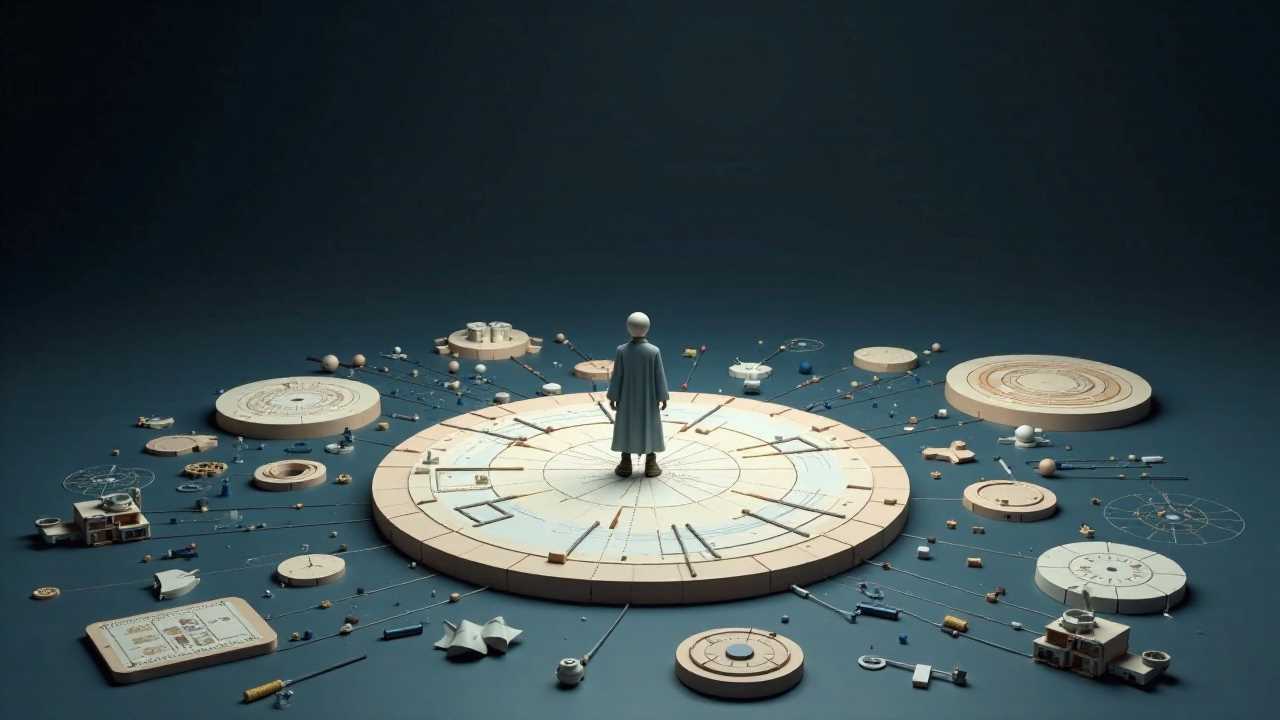
Understanding 3D Animated Short Film Creation
Creating a 3D animated short film is an intricate process that blends art and technology. It requires a deep understanding of various techniques that contribute to the overall quality of the animation. From modeling techniques to rendering optimization, each step plays a vital role in bringing your vision to life.
Modeling Techniques: Building the Foundation
The first step in 3D animated short film creation is modeling. This is where you create the characters, environments, and objects that will populate your film. Effective modeling techniques are crucial for achieving a realistic and engaging look.
1. Polygon Modeling: This is the most common method, where you manipulate vertices, edges, and faces to create shapes. Understanding how to efficiently use polygons can significantly impact the performance of your animation.
2. Sculpting: For more organic shapes, digital sculpting tools allow for intricate detailing. This technique is particularly useful for character design, enabling artists to create lifelike features and textures.
3. Retopology: After sculpting, retopology is necessary to create a clean, animation-friendly mesh. This process involves simplifying the complex geometry into a more manageable form without losing detail.
Lighting Strategies: Setting the Mood
Once the models are in place, the next step is to implement effective lighting strategies. Lighting can dramatically affect the mood and tone of your film.
1. Three-Point Lighting: This classic technique involves using a key light, fill light, and backlight to illuminate your scene. It helps to create depth and dimension, making your characters stand out.
2. Natural Lighting: Mimicking natural light sources can add realism to your scenes. Consider the time of day and the environment when setting up your lights.
3. Color Temperature: Adjusting the color temperature of your lights can evoke different emotions. Warmer tones can create a cozy atmosphere, while cooler tones can convey tension or unease.
Texture Mapping: Adding Realism
Texture mapping is the process of applying images to your 3D models to give them surface detail. This step is essential for achieving a realistic look.
1. UV Mapping: Proper UV mapping ensures that textures are applied correctly to the model. This involves unwrapping the 3D model into a 2D layout, allowing for precise texture placement.
2. Bump and Normal Mapping: These techniques add depth to textures without increasing polygon count. Bump mapping creates the illusion of surface detail, while normal mapping simulates complex lighting interactions.
3. Specular and Reflection Maps: These maps control how shiny or reflective a surface appears, adding another layer of realism to your textures.
Character Rigging: Bringing Models to Life
Character rigging is the process of creating a skeleton for your models, allowing them to move and express emotions. This step is crucial for animation.
1. Skeleton Creation: Building a proper skeleton is the foundation of rigging. It involves placing joints and bones in a way that mimics real-life anatomy.
2. Skinning: This process binds the mesh to the skeleton, allowing for smooth deformations during animation. Proper skinning ensures that movements look natural and fluid.
3. Facial Rigging: For character expressions, facial rigging is essential. This can involve blend shapes or bone-based rigs, enabling a range of emotions to be conveyed.
Animation Principles: Crafting Movement
Understanding animation principles is vital for creating believable motion. These principles guide animators in making their characters come to life.
1. Squash and Stretch: This principle adds weight and flexibility to characters. It helps to convey emotions and actions more effectively.
2. Timing and Spacing: Proper timing ensures that movements feel natural. Spacing refers to the distance between frames, affecting the speed of the action.
3. Anticipation and Follow-Through: Anticipation prepares the audience for an action, while follow-through adds realism by showing the effects of movement.
Rendering Optimization: Finalizing Your Film
The last step in the 3D animated short film creation process is rendering optimization. This phase involves generating the final images of your animation.
1. Render Settings: Adjusting render settings can significantly impact the quality and speed of the rendering process. Higher resolutions and quality settings yield better results but require more processing power.
2. Light Baking: This technique involves pre-calculating lighting information and storing it in textures, reducing the rendering load during playback.
3. Post-Processing Effects: Adding effects such as depth of field, motion blur, and color correction can enhance the final output, making your film visually stunning.
Mastering 3D animated short film creation involves a comprehensive understanding of various techniques, from modeling to rendering optimization. By focusing on effective lighting strategies, texture mapping, character rigging, and animation principles, we can create captivating animations that resonate with audiences. Each element contributes to the overall quality of the film, ensuring that the final product is not only visually appealing but also emotionally engaging. Embrace these techniques, and watch your 3D animations come to life.
 Digital Art InstructionDIY Infographics DesignMobile Game ArtworkPersonalized Logo Design3D AnimationeBook Covers DesignPrivacy PolicyTerms And Conditions
Digital Art InstructionDIY Infographics DesignMobile Game ArtworkPersonalized Logo Design3D AnimationeBook Covers DesignPrivacy PolicyTerms And Conditions
